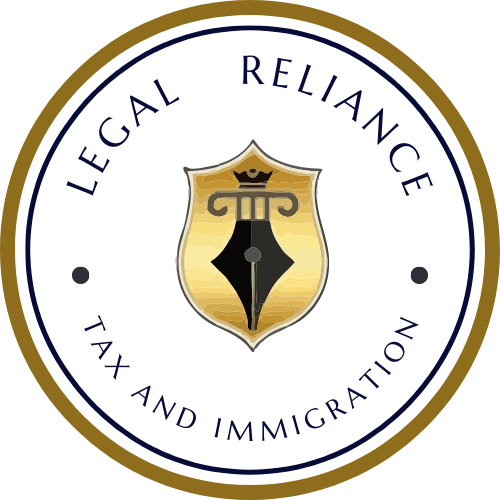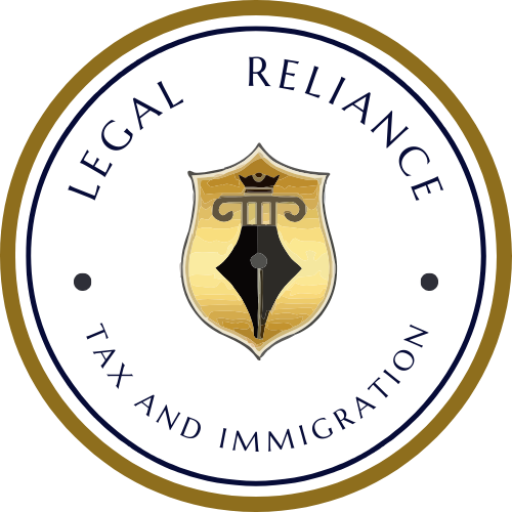When it comes to traveling or relocating to the United States for business purposes, two popular visa types often cause confusion the B-1 Business Visa and the L-1 Intracompany Transfer Visa. While both allow business-related travel, they serve very different goals, target different kinds of professionals, and come with different benefits. Let’s break them down so you can decide which one fits your situation.
1. Purpose of the Visa
The B-1 Business Visa is for short-term business visits. It’s ideal for people who need to attend meetings, negotiate contracts, participate in conferences, or explore new business opportunities in the U.S. However, you cannot work or receive payment from a U.S. company on this visa.
The L-1 Visa, on the other hand, is a work visa meant for employees transferring from a foreign branch of a company to its U.S. office. It’s used by multinational organizations that want to move executives, managers, or specialized employees to their American branch.
2. Who Can Apply
You can apply for a B-1 Visa if you’re:
- A businessperson, investor, or professional visiting the U.S. temporarily
- Not seeking employment in the U.S.
- Able to prove you’ll return to your home country after your visit
The L-1 Visa is open only to:
- Employees who have worked at least one year for a company outside the U.S.
- Those being transferred to a U.S. branch, affiliate, or subsidiary
- Managers, executives, or specialized knowledge staff
3. Duration of Stay
The B-1 Visa typically allows stays of up to 6 months per visit. You can sometimes extend your stay by another 6 months, but it remains a temporary, short-term visa.
In contrast, the L-1 Visa allows a longer stay usually up to 3 years initially, with the possibility of extensions up to 7 years, depending on your role.
4. Work Authorization
This is one of the biggest differences.
- With a B-1 Visa, you cannot work or earn a salary from a U.S. source.
- With an L-1 Visa, you’re authorized to work for the U.S. branch of your employer legally.
So if your purpose involves actual employment in the U.S., the L-1 Visa is the right path.
5. Path to a Green Card
The B-1 Visa does not lead directly to a Green Card, since it’s purely for temporary business travel.
The L-1 Visa, however, is a dual-intent visa, meaning you can apply for a Green Card while staying in the U.S. making it an attractive option for executives and professionals seeking long-term relocation.
6. Cost and Processing Time
The B-1 Visa application process is faster and cheaper (about $185 USD), with interviews conducted at local U.S. embassies.
The L-1 Visa is more complex and expensive, as it involves company sponsorship and approval from the U.S. Citizenship and Immigration Services (USCIS) before scheduling a visa interview.
Final Thoughts
In summary, the B-1 Business Visa is best for short business trips, while the L-1 Intracompany Transfer Visa suits employees transferring to a U.S. branch for long-term work.
If your goal is to attend meetings or build connections, choose B-1. But if you’re moving to work for your company in the U.S., the L-1 is the right fit and it can even pave your way to permanent residency in the future.








